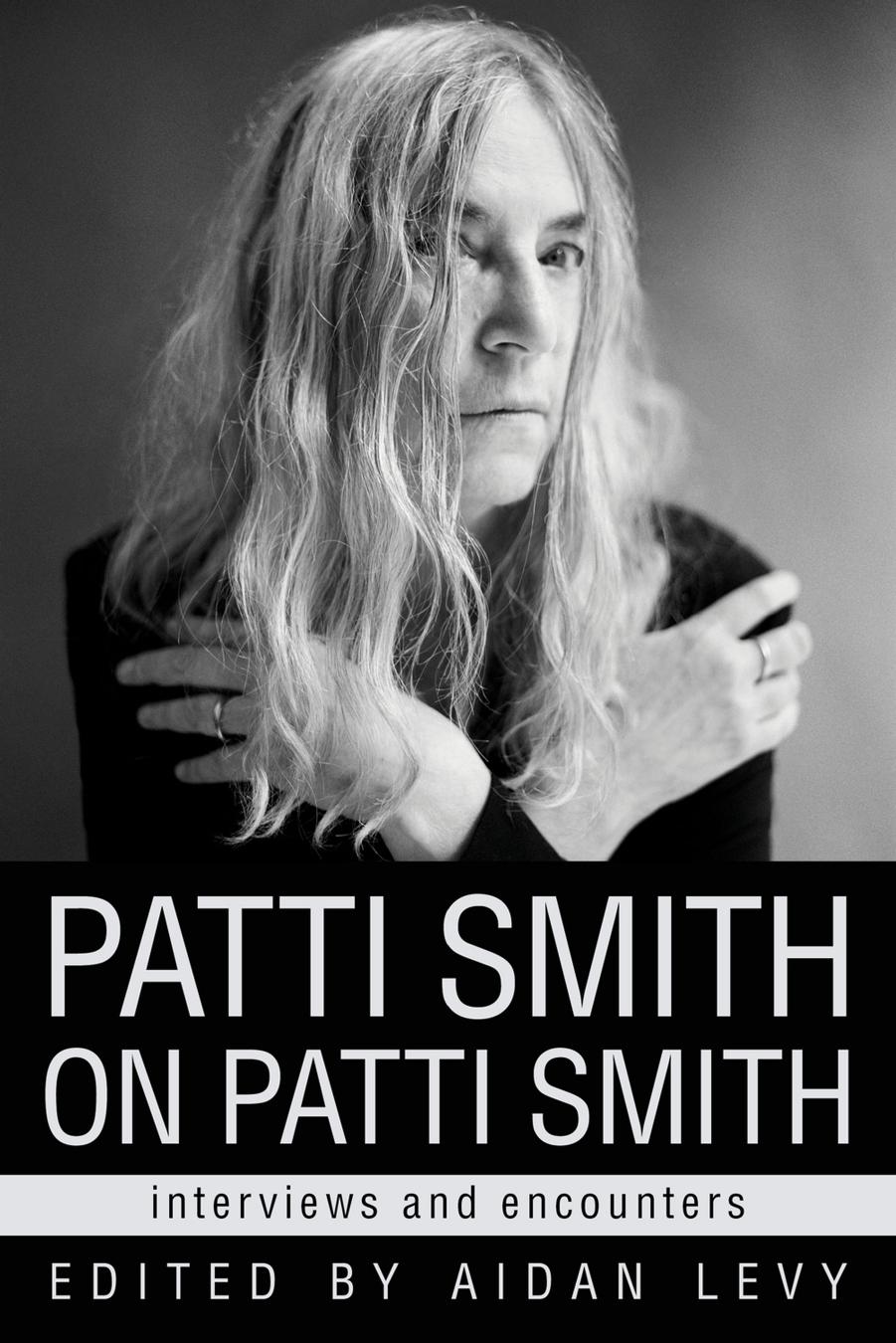Patti Smith on Patti Smith by Aidan Levy

Author:Aidan Levy
Language: eng
Format: epub, pdf
Publisher: Chicago Review Press
Published: 2021-11-15T00:00:00+00:00
PATTI SMITH RETURNS TO GROUND ZERO
Fred Mills | January 30, 1998 | Goldmine
If all of Patti Smithâs records are remembrances, as she has said, sometimes the albumsâand her interviews about themâbecome remembrances for the lost loved ones of the listener. Such was the case when Fred Mills called Smith on the phone in 1997 for a cover story in Goldmine.
âThatâs one of my favorite interviews I ever did,â Mills told me. âAt the time of the interview, in the fall of â97, I had moved for a few months into my momâs house after her death in order to clean it out and prepare it for sale. I told Patti a story about how the final time I was able to spend extended quality time with my mom before she died was during a beach vacation when I was also obsessing over Gone Again and working on a review of itâand how I will always associate that album with Mom. Patti genuinely seemed moved by the story, and somehow Patti became, at that moment, a shoulder I could lean on, while surrounded by memories of my mother in her house.â
Mills was a longtime fan. He first met Smith on January 21, 1977, when he snuck backstage the night the Patti Smith Group played Memorial Hall at the University of North Carolina at Chapel Hill. The show constituted a âturning point in my musical consciousness,â Mills tells her here. It was a high-water mark for the band as well.
Mills was struck by the groupâs dynamism on stage in 1977, and as a testament to the Patti Smith Group as a collective, he interviewed Lenny Kaye and Jay Dee Daugherty alongside Smith for the â98 article, though only the discussion with Smith is included here. They touched on the groupâs first single, âPiss Factoryââan âexperiment to see if that intensity we were generating live could be transferred to a disc,â Kaye saidâin addition to the influence of Albert Ayler, the missing Horses masters, and the serendipity that brought the group together at a specific time and place. The result gives a compelling portrait of an iconic group at the outset of an unlikely second act. âEd.
The one-of-a-kind rock poet and her longtime sidemen tell their story in their own words
Leave it to one of Patti Smithâs musical progeny to sum up perfectly the punk doyenneâs impact.
âPatti Smith was, and is, pure experience,â wrote Sonic Youth guitarist Thurston Moore, in a â96 article for Britainâs Vox. âHer reign during the â70s as a street-hot rock ânâ roll messiah seemed to exist from a void, no past, no future,â continued Moore, then concluding with severe certainty, âThe strongest and most original force in the musicâs history had been a woman.â
Not only original and influentialâjust ask Michael Stipe, Bono, Courtney Love or P.J. Harveyâbut remarkably consistent of vision over the years. Consider:
In 1978, Smith told Rolling Stone, âSolidarity is not a myth, not some pathetic dream. The important thing [is to] wake up kids and inspire them to action.
Download
This site does not store any files on its server. We only index and link to content provided by other sites. Please contact the content providers to delete copyright contents if any and email us, we'll remove relevant links or contents immediately.
I Have Something to Say by John Bowe(3458)
Einstein: His Life and Universe by Walter Isaacson(1951)
What Happened to You? by Oprah Winfrey(1714)
Doesn't Hurt to Ask by Trey Gowdy(1588)
Solutions and Other Problems by Allie Brosh(1279)
American Dreams by Unknown(1212)
Disloyal: A Memoir by Michael Cohen(1191)
The Silent Cry by Cathy Glass(1071)
Infinite Circle by Bernie Glassman(1007)
Talk of the Ton by unknow(1005)
Don't Call it a Cult by Sarah Berman(996)
Group by Christie Tate(986)
Home for the Soul by Sara Bird(980)
Before & Laughter by Jimmy Carr(831)
Severed by John Gilmore(822)
Total F*cking Godhead by Corbin Reiff(812)
Ghosts by Dolly Alderton(808)
The Book of Hope by Jane Goodall(788)
Searching for Family and Traditions at the French Table by Carole Bumpus(779)
